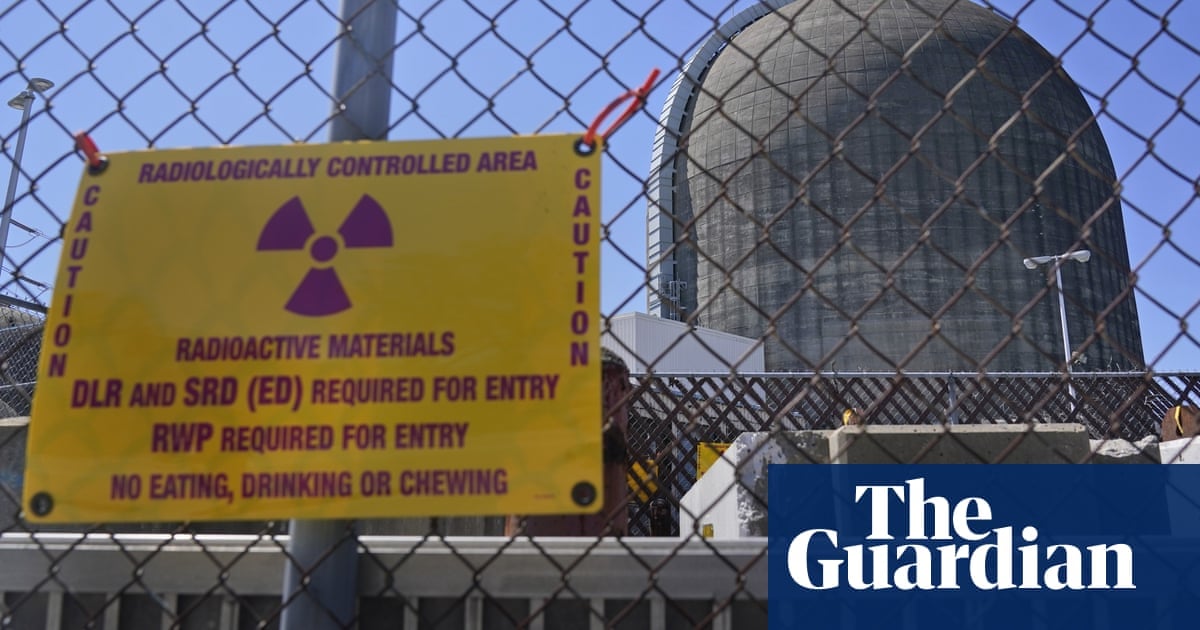Shuttering of New York facility raises awkward climate crisis questions as gas – not renewables – fills gap in power generation
When New York’s deteriorating and unloved Indian Point nuclear plant finally shuttered in 2021, its demise was met with delight from environmentalists who had long demanded it be scrapped.
But there has been a sting in the tail – since the closure, New York’s greenhouse gas emissions have gone up.
Castigated for its impact upon the surrounding environment and feared for its potential to unleash disaster close to the heart of New York City, Indian Point nevertheless supplied a large chunk of the state’s carbon-free electricity.
Since the plant’s closure, it has been gas, rather then clean energy such as solar and wind, that has filled the void, leaving New York City in the embarrassing situation of seeing its planet-heating emissions jump in recent years to the point its power grid is now dirtier than Texas’s, as well as the US average.



Sounds less like it needed to be closed than that it needed to be repaired. It wasn’t a problem because it was a nuclear plant, that was actually good and we need more nuclear plants. It was a problem because it was poorly maintained.
It was also a problem because it was a nearly 70 year old power plant design that would likely cost less to replace with a modern design from scratch than to try and repair the existing facility.
But anti-nuclear sentiment is strong enough that people don’t understand how much they have improved since the 1950s so they assume a new plant will be as bad for the environment as this one.
Or maybe it’s because nuclear power is ridiculously expensive and new designs are still a black hole in the budget. Wind and solar exist, right now, and are also carbon free, while being cheaper and not leaving the next 100 generations with radioactive waste. For which, by the way, we have but one final storage solution. Or is the facility in Finnland even up and running yet?